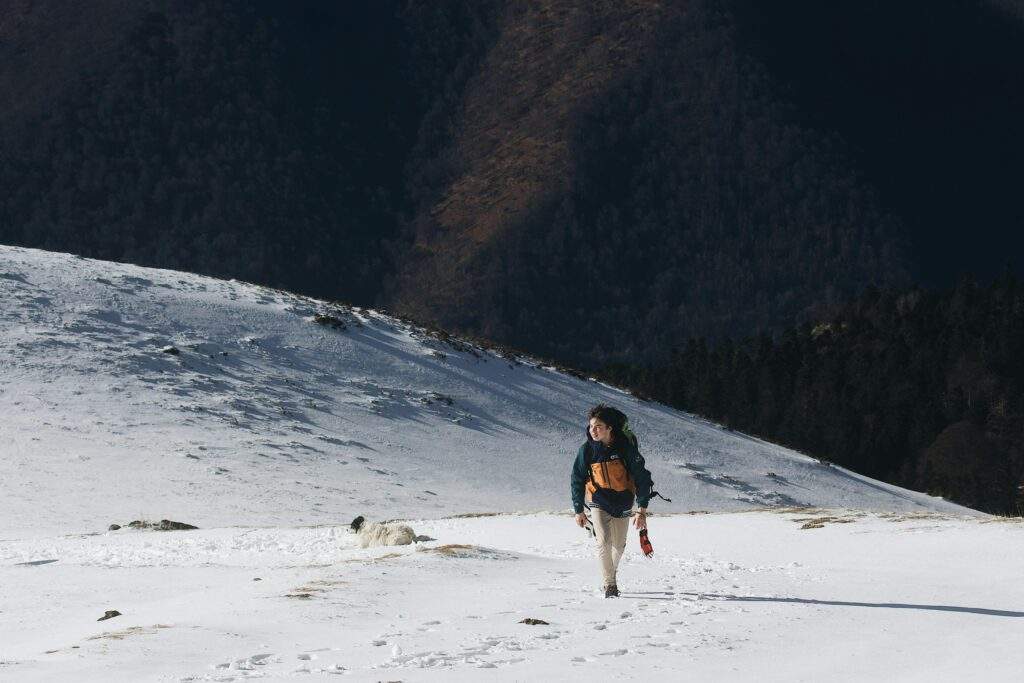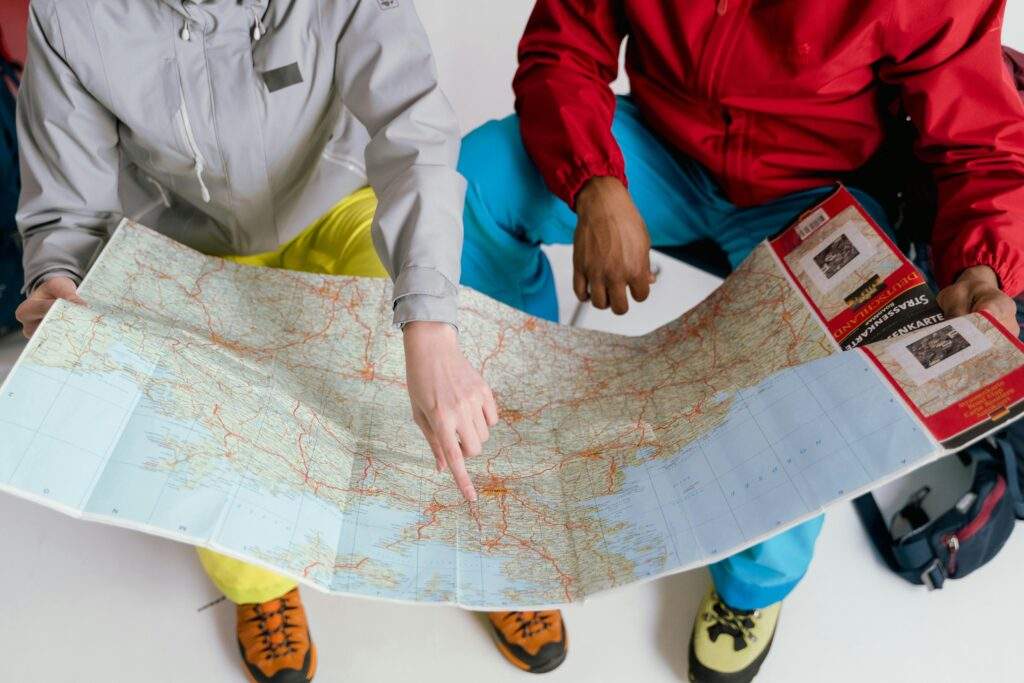Ever stood in the middle of a snow-covered forest, binoculars in hand, shivering as you realize you’ve been staring at the same tree for 10 minutes? Yeah, us too. Winter wildlife spotting isn’t just about bundling up and hoping for the best—it’s an art. And we’re here to help you master it while exploring serene snowshoeing trails.
In this guide, you’ll learn how to prepare for your winter adventure, spot elusive animals, and avoid rookie mistakes like mistaking a squirrel’s nest for Bigfoot (true story). We’ll also share tips, tools, and stories from seasoned explorers who’ve nailed this frosty pursuit. Let’s dive in!
Table of Contents
- Why Winter Wildlife Spotting is the Coolest Activity
- Step-by-Step Guide to Your First Snowshoeing Tour
- Pro Tips for Better Wildlife Spotting
- Case Study: How One Family Spotted Moose and Magic
- FAQs About Winter Wildlife Spotting
Key Takeaways
- Snowshoeing offers unparalleled access to untouched wilderness perfect for wildlife enthusiasts.
- Preparation is key—pack essential gear and research animal habits before heading out.
- Avoid common pitfalls like loud movements or ignoring weather warnings.
Why Winter Wildlife Spotting is the Coolest Activity
Imagine standing knee-deep in pristine powder surrounded by towering pines. Suddenly, you hear a rustle. Could it be a lynx? A fox? Maybe Santa Claus? Whatever it is, winter wildlife spotting gives you access to nature’s hidden theater.
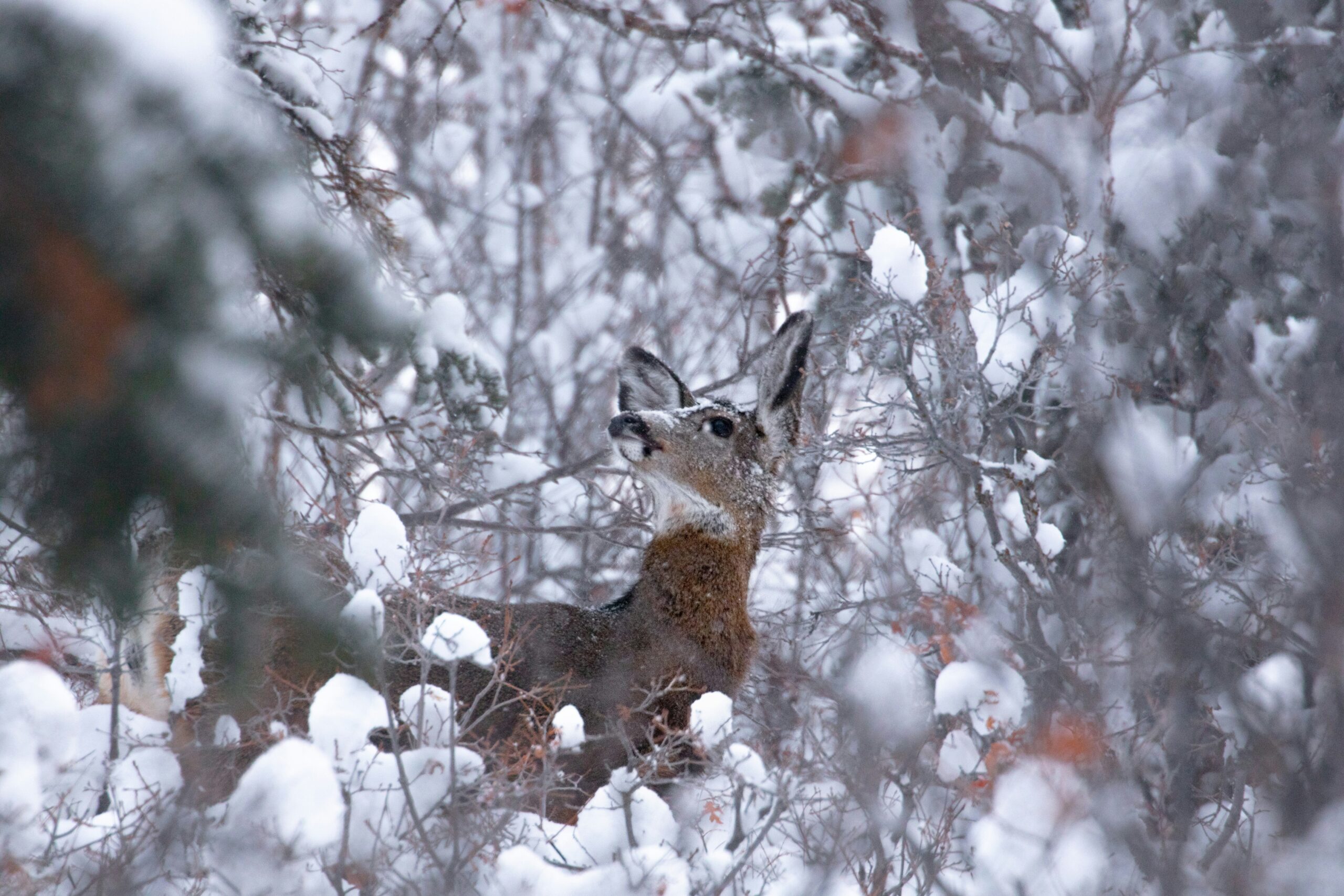
But why winter? Well, without leaves on trees blocking your view, critters are easier to spot. Plus, their tracks stand out sharply against the white canvas of fresh snow. That said, don’t go thinking this will be effortless; you still need skill—and patience—to truly make the most of it.
“Optimist You:” ‘Just follow these steps, and you’ll have front-row seats to Mother Nature’s show!’
“Grumpy You:” ‘Yeah, but only if you’re ready to brave subzero temps and questionable snack wrappers.’
Step-by-Step Guide to Your First Snowshoeing Tour
Step 1: Choose Your Destination Wisely
Do not—repeat DO NOT—show up unprepared. Whether it’s Yellowstone National Park or a local forest reserve, pick a location known for its biodiversity during winter. Look for areas with dense tree cover near water sources where animals congregate.
Step 2: Gear Up Properly
You wouldn’t climb Everest in flip-flops, so don’t attempt snowshoeing without proper equipment. Essential items include insulated boots, layered clothing, waterproof gloves, and—of course—a quality pair of snowshoes. Bonus points if you bring along thermal binoculars for long-distance spying.
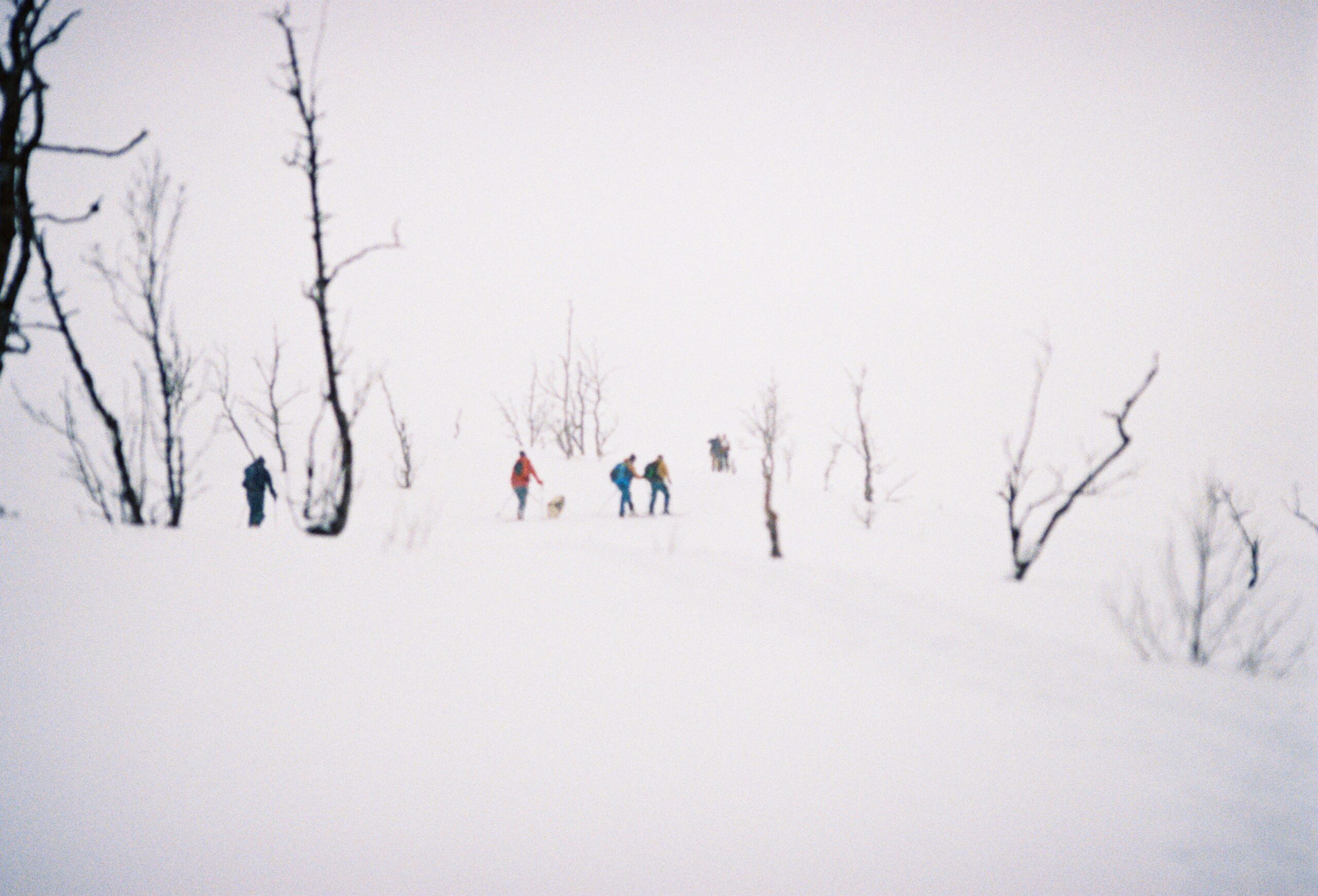
Step 3: Learn Animal Tracking Basics
Different species leave unique prints in the snow. For instance, wolves often leave claw marks, while rabbits create a zigzag pattern. Invest in a pocket-sized tracking guidebook or download a free app like iNaturalist to amp up your detective game.
Pro Tips for Better Wildlife Spotting
- Morning Is Magic: Animals are crepuscular, meaning they’re most active at dawn and dusk. Set your alarm early (and yes, coffee counts).
- Stay Quiet & Steady: If you sound like your laptop fan overheating, turn back now. Wildlife hates attention seekers.
- Dress Like a Ninja: No, literally. Wear dark or neutral tones to blend into the environment. Neon yellow might attract tourists, but it scares off elk.
Terrible Tip Alert: “Leave food out to lure animals closer.” Wrong. Dead wrong. Feeding wild creatures disrupts their natural behavior and can even harm them. Don’t be that person.
Case Study: How One Family Spotted Moose and Magic
Meet Sarah and her two kids, avid snowshoers from Colorado. During last year’s trip to Grand Teton National Park, they stumbled upon not one but three moose grazing by a frozen lake. Their secret? Moving silently and using binoculars to scan far-off shorelines.
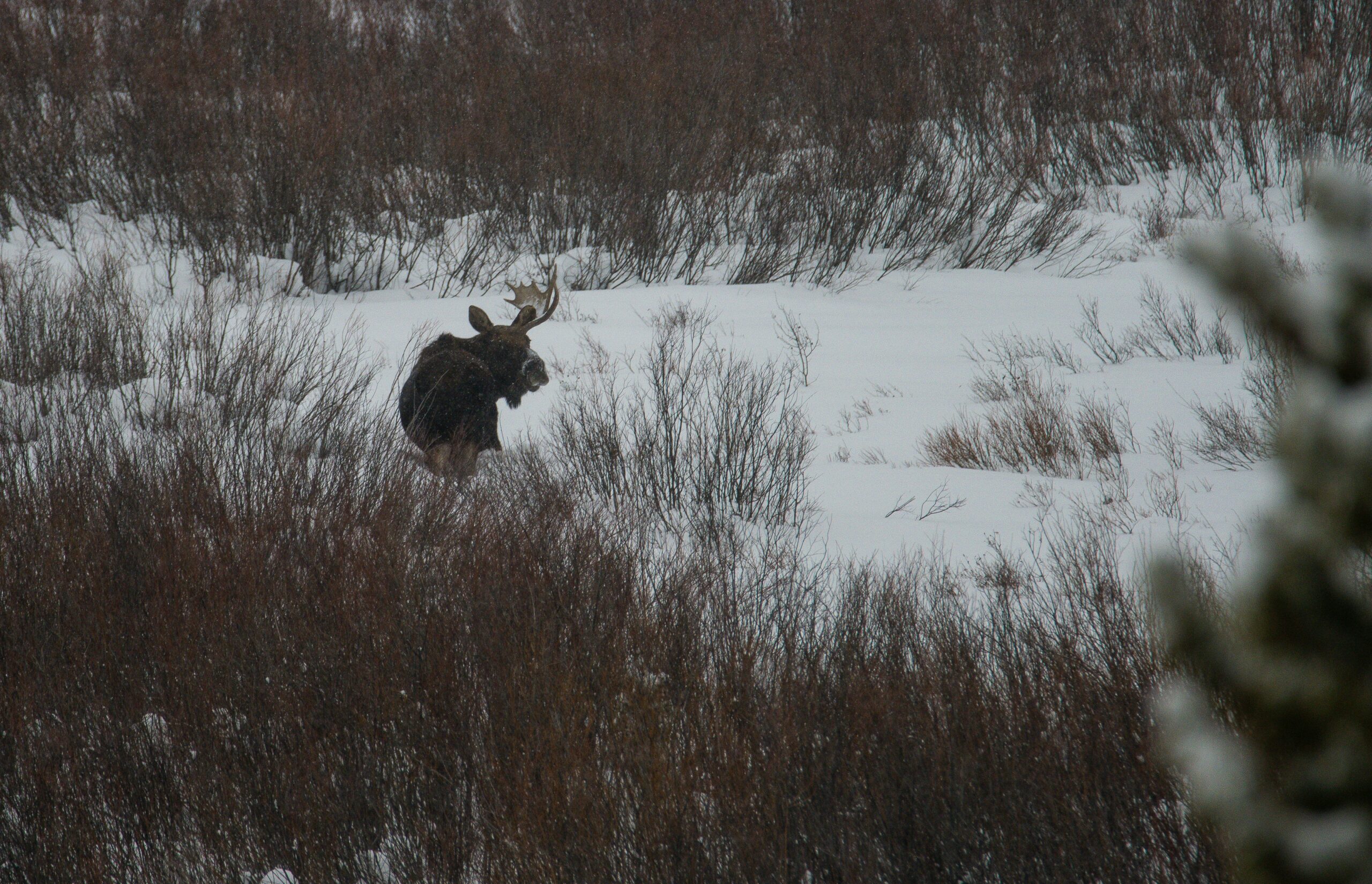
“It felt magical,” Sarah recalls. “The kids were thrilled, and honestly, so was I. Seeing wildlife in its element reminds us how connected we all are to the planet.”
FAQs About Winter Wildlife Spotting
Is snowshoeing safe for beginners?
Absolutely! Modern snowshoes are designed to keep you stable, even on uneven terrain. Just take it slow, stay aware of your surroundings, and buddy up whenever possible.
What should I do if I encounter a predator?
Calmly back away without making sudden movements. Predators rarely attack humans unless provoked. Pro tip: Carry bear spray just in case—you know, #SafetyFirst.
Can I go solo?
While solo adventures can be rewarding, always let someone know your plans beforehand. Safety nets matter more than bragging rights.
Conclusion
Winter wildlife spotting combined with snowshoeing tours offers a chance to escape the chaos of daily life and reconnect with the raw beauty of nature. From choosing the right destination to mastering stealthy techniques, every step matters. So grab those snowshoes, channel your inner tracker, and get ready to experience the thrill of spotting winter wonders.
And remember—like a Tamagotchi, your outdoor skills require daily care. Keep learning, stay curious, and never underestimate the power of good socks.

